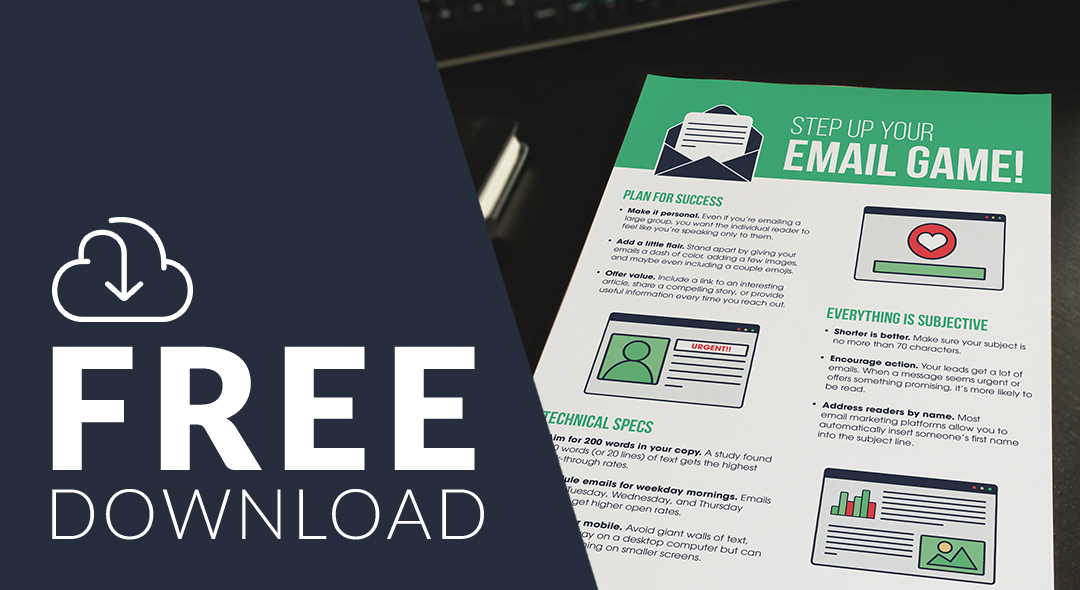Updated November 12, 2021
Anyone who tells you email marketing is dead isn’t a professional marketer (or they won’t be for long). According to Litmus.com, the ROI for email is 36:1. Think about that for a moment. For every $1 spent, the average return is $36. Personally, we’d take that every day, all day long.
Email marketing is one of the most efficient and effective ways to connect with clients and prospects. Even today, with text messages and FaceTime, email remains a highly convenient and powerful channel for building relationships, staying top of mind, and leaving the lines of communication open for referrals and repeat transactions.
But, of course, you’re only going to get results if people are seeing what you send. And chances are pretty good that they’re not.
Too many businesses waste their email marketing dollars by using lists full of bad addresses.
So what? you might ask. It’s not as if you’re paying to send each email, right? Well, while you may not pay per email, you could still be throwing away a lot of money in missed opportunities because a list of bad email address can produce a significant problem that isn’t easy to fix.
You see, bad email addresses affect your IP score—the determining factor in whether your emails show up in your clients’ inboxes or end up in their spam folders. Emails that are sent to invalid email addresses will “bounce.” If you consistently send emails to bad addresses, resulting in a high bounce rate, it lowers your IP score. The lower your score, the less reputable your IP address reputation is, and the more likely the emails you send from that address will be marked as spam.
To avoid having your emails relegated to spam folders everywhere, it’s important to keep your email list clean. Follow the 4 recommendations below, and you’ll keep the email flowing into your clients’ and prospects’ inboxes—the first and most fundamental requirement for an effective email campaign.
- Don’t buy email lists.
- Delete customer service addresses.
- Get rid of Craiglist addresses.
- Be on the lookout for bogus addresses.
- Ask for personal email addresses.
1. DO NOT buy email lists
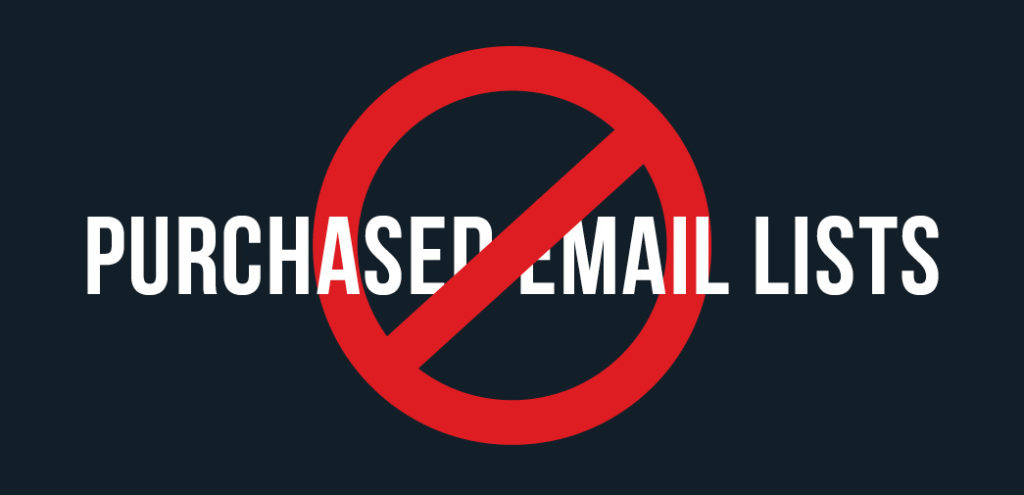
Junk addresses negatively affect your IP score and prevent the delivery of your emails to legitimate addresses.
In terms of building a healthy email list, this is the most important step you can take.
First and foremost, you should only be sending emails to people you know or who have shown an interest in your business. When you do this, your message is far more likely to resonate—resulting in more business for you.
Another issue with purchased email lists is that there is absolutely no guarantee of quality. Because purchased lists weren’t assembled by you, you have no real way of knowing whether the contacts are any good. Buying lists is a sure-fire way to waste your limited marketing budget:
- In many cases, purchased email lists contain junk addresses—including inactive email accounts—that have already been flagged as untrustworthy by all the major email services.
- Other times, these addresses have been sold to multiple people and are already being aggressively marketed to by many businesses.
When you try to send to these addresses, it negatively affects your IP score, which means the legitimate clients (and would-be clients) on your list won’t see what you send.
Don’t purchase email lists. Seriously . . . just don’t do it.
2. Delete customer service addresses
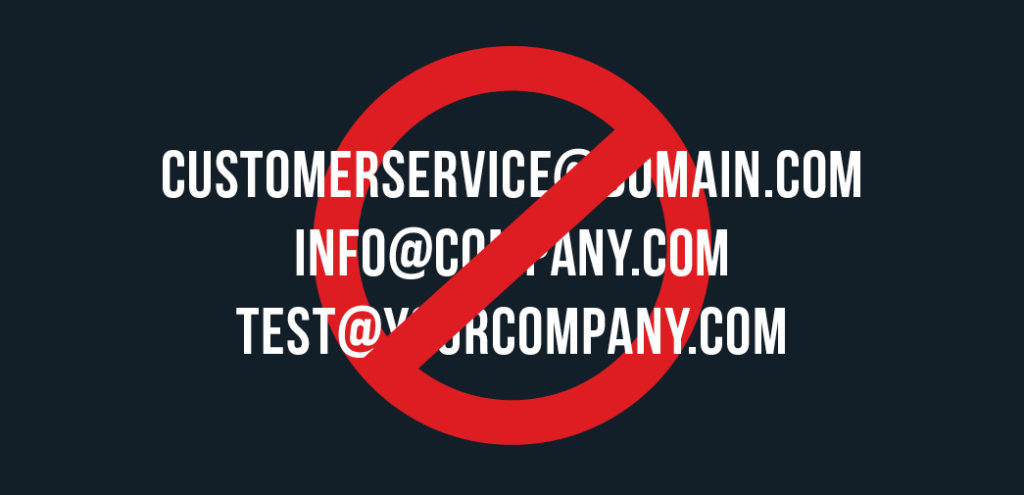
Some valid email addresses—like those associated with customer service contacts—aren’t legitimate for mass mailings, and sending to them will hurt your IP score.
You might be thinking, “My list is rock-solid. It’s just the address book associated with my email address. Surely, all of those addresses are legitimate!”
Believe it or not, the odds are high that you have some bad email addresses mixed in with your legitimate contacts. For example, if you’ve ever interacted with a customer service representative via email, there’s a chance that address was added to your list of contacts.
While these are valid email addresses, they aren’t considered legitimate contacts when it comes to delivering mass emails. As is the case with inactive accounts, when you send to customer service addresses, you’re damaging your IP score and hurting your deliverability. This means lower open rates, less engagement, and more money down the drain.
Take time to manually review your list of contacts for these types of addresses, keeping an eye out for prefixes such as “customerservice,” “sales,” and “info.”
- customer-service@domain.com
- sales@website.net
- donotreply@hotelyoujustbooked.com
- info@marketingservice.biz
- test@yourcompany.com
- mailer-daemon@domain.com
You get the picture. Find these addresses and remove them from your email list. Now. Don’t worry—we’ll wait.
3. Get rid of Craigslist addresses
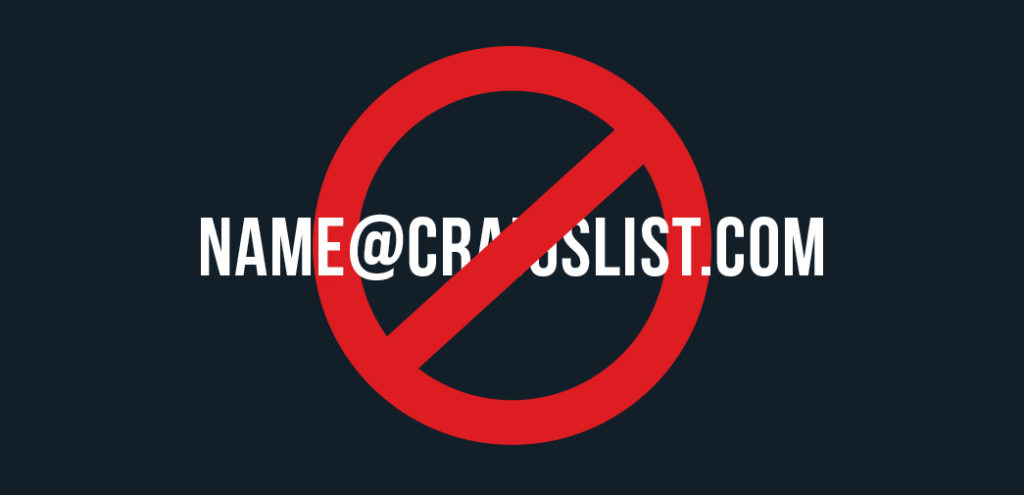
You can run a search to find and remove Craiglist addresses. It’s another easy way to improve IP scores.
Welcome back! Now that you’re done removing customer service addresses from your list, it’s time to take care of another common issue affecting email marketers: Craigslist addresses.
If you’ve ever used Craigslist to buy, sell, trade, or barter—Yes, I’ll gladly write a blog in exchange for your services as a cobbler—you’ve probably also used the popular website’s email interface. This interface allows users to interact semi-anonymously, with encrypted, single-use addresses that mask the actual email addresses of the people involved.
While this setup works very well for Craigslist, it’s not good for your email list. After an exchange or two, these addresses also have a way of sneaking into your address book and (you guessed it) hurting your IP score.
Look for any addresses associated with Craigslist. If you’ve got your email list open, go ahead and run a search (Ctrl + F on PC, Cmd + F on Mac). Remove those addresses right away.
4. Beware of other bogus addresses
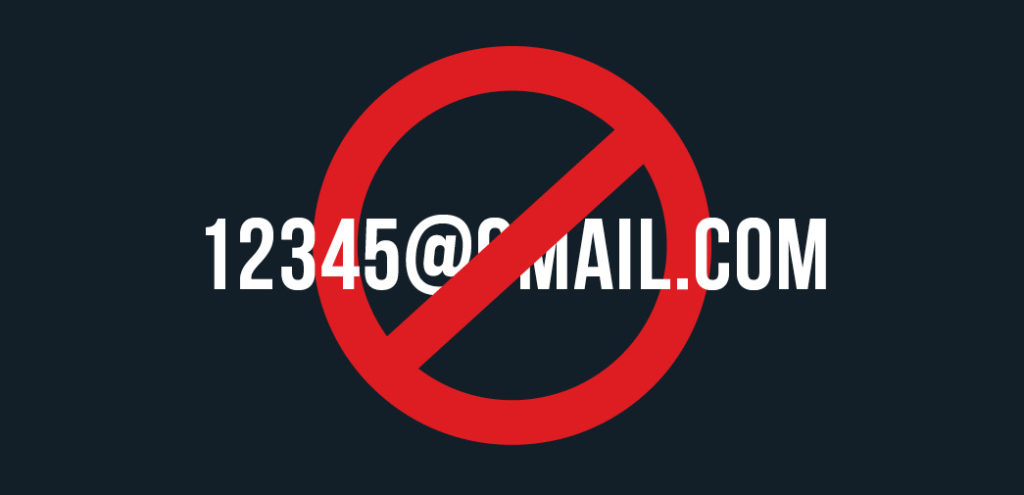
If you have a website, then it’s inevitable that you’ve got seemingly legit, but bogus, email addresses.
Here’s a harsh truth: even if you’ve obtained your email addresses legitimately, that doesn’t mean they’re legitimate.
This is especially true if you’re soliciting email addresses through forms on your website or sign-in sheets at events. Here are some examples of what to watch out for:
- Addresses starting with numbers
- 1234567rm@gmail.com
- 222n2@hotmail.com
- Incomplete emails
- frank@msn.co
- Julia@gmail
- Nonsense strings of characters
- asdffssasd@gmail.com
- asdfgh12345@asdfg.com
In addition to the common culprits listed above, be on the lookout for “joke” email addresses. While herman@themunsters.com would be a great email address, it’s probably not a legitimate contact for one of your clients.
Ultimately, when you’re not sure whether you’re dealing with a real email address, it’s best to err on the side of caution—if something seems fake, it probably is.
5. Ask for personal email addresses

When a prospect gives you their email address, they’re much more likely to open what you send to them.
Once you’ve gotten rid of illegitimate addresses, another tip for optimizing your email list is to ask people for their personal email accounts.
Company addresses are often the target of spam—or are even marked as spam themselves. Because of this, they’re generally not the best place to send your marketing messages. You’re far more likely to reach your client at their Gmail or Yahoo address than at their work email.
If you’re cleaning your email list and notice some company email addresses, don’t panic: this is actually a great opportunity. If you have your client or prospect’s phone number or social media handle, consider this a chance to reach out and ask for their personal email.
Let them know you’re asking because you have something awesome to send them, and you want to be sure it actually reaches them.

And, if you’re looking for something awesome to send your clients and prospects, consider the American Lifestyle or Start Healthy digital editions. They’re automated monthly digital publication personally branded to you and your business. Plus, they’re full of great, non-sales content that will have your contacts looking forward to your emails. Click here to view a free sample.
Already sending the American Lifestyle digital edition to your clients? Check out this free success guide, which will help you get the best return on your efforts.









 Apple Podcasts
Apple Podcasts
 Google Play
Google Play
 Spotify
Spotify






